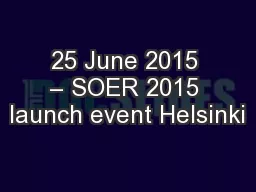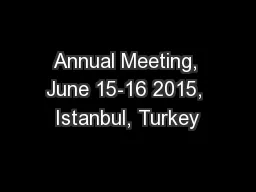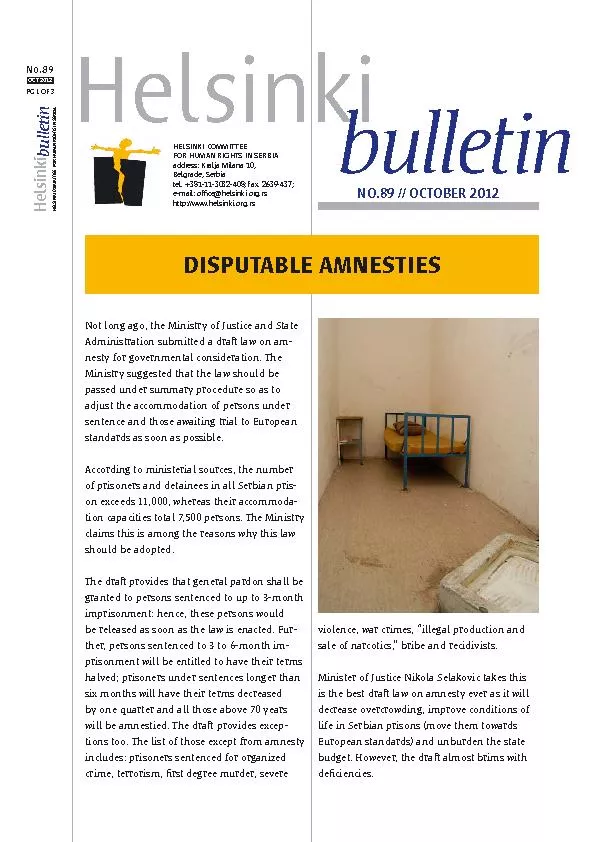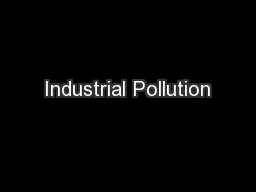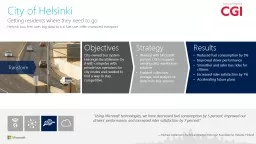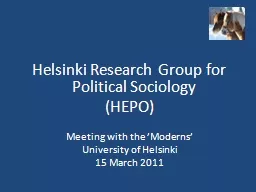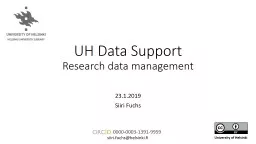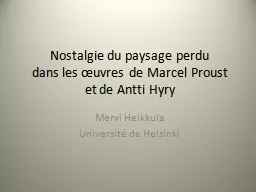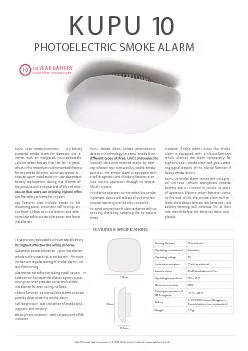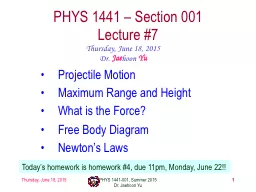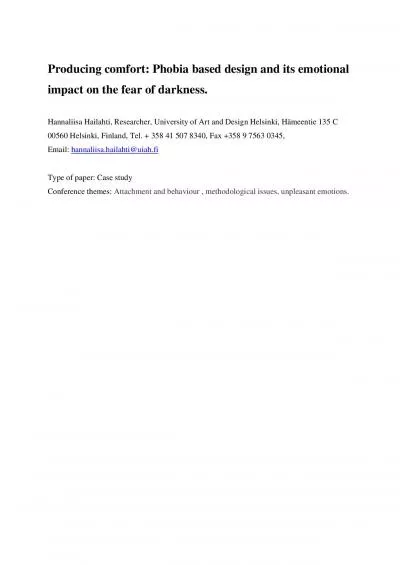PPT-25 June 2015 – SOER 2015 launch event Helsinki
Author : calandra-battersby | Published Date : 2017-12-01
The European Environment Agency The EEA is an EU agency that operates at the interface of science and policy With a network of more than 300 institutions in
Presentation Embed Code
Download Presentation
Download Presentation The PPT/PDF document "25 June 2015 – SOER 2015 launch event ..." is the property of its rightful owner. Permission is granted to download and print the materials on this website for personal, non-commercial use only, and to display it on your personal computer provided you do not modify the materials and that you retain all copyright notices contained in the materials. By downloading content from our website, you accept the terms of this agreement.
25 June 2015 – SOER 2015 launch event Helsinki: Transcript
Download Rules Of Document
"25 June 2015 – SOER 2015 launch event Helsinki"The content belongs to its owner. You may download and print it for personal use, without modification, and keep all copyright notices. By downloading, you agree to these terms.
Related Documents

